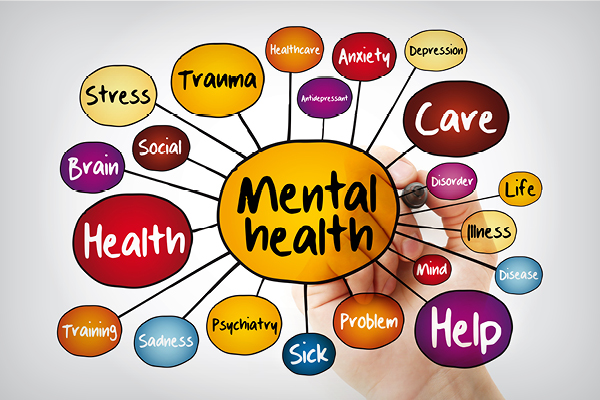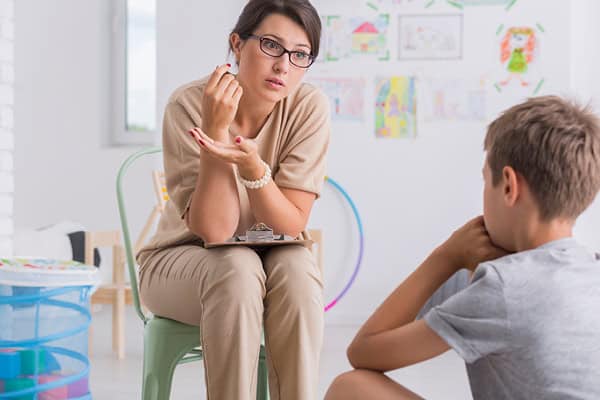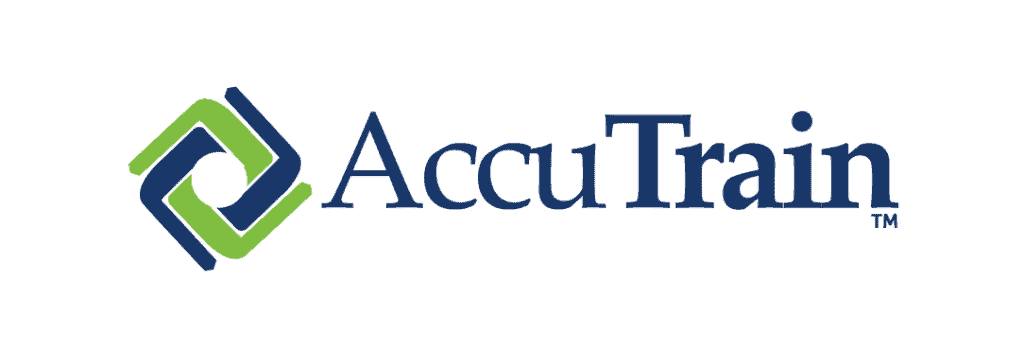Many students in K-12 schools are facing significant mental health challenges. In 2023, four in 10 high school students experienced feelings of sadness or hopelessness, and two in 10 students seriously considered attempting suicide, according to the Centers for Disease Control and Prevention’s Youth Risk Behavior Survey (YRBS), as reported in Education Week. Nearly all indicators of poor mental health worsened between 2013 and 2023.
What to do?
One obstacle: Some critics of in-school mental health services argue that schools should focus limited resources primarily on improving students’ academic skills, not on mental health needs that can be better addressed by parents and families.
“How can mental health be put on the side burner when our kids are depressed, they are overwhelmed, they are scared?” asks Mabel Thackeray, a licensed clinician in Washington state and Florida. Thackeray.
Potential action steps:
- Universal mental health screening by both schools and pediatrician offices is one alternative. Schools play a vital role supporting youth mental health, but they can’t do it alone, says one expert
Universal mental health screening, though, faces roadblocks posed by parental concerns and limited resources. In 2024, only Colorado, Illinois, and New Jersey provided resources for mental health screenings.
- Some schools use individual therapy and group counseling to address behavior challenges
Counseling is one of the core programs at St. Benedict’s Prep, a private school in Newark, N.J. The program, Grossman Family Counseling Center, was established at St. Benedict’s Prep in 1997 to get to the root of students’ behavioral problems.
“We can address some of the things that are going on with students internally because … there’s things that drive behavior,” says Sinclair Davis, the dean of counseling at St. Benedict’s Prep.
Davis sees an average of 30 to 40 students a week through individual therapy. But the Grossman Family Counseling Center also offers group and family counseling, which includes a parent and child speaking with one of the school therapists.
About 44% of students participate in therapy and group counseling.
Six kinds of group counseling are provided at St. Benedict’s Prep. Each is designed with a distinct purpose. One focuses on students who have a loved one suffering from substance abuse, and another is for students dealing with depression or anxiety.
St. Benedict’s Prep conducts a mental health assessment at the start of every year. Students are asked a variety of questions, including how they feel about school and their home life. The assessment is required but students can skip questions if they choose.
The center puts assessment responses into three categories—level one to level three—to analyze how students could benefit from group or individual therapy, and to ensure the school is proactive.
Students receive specific recommendations for particular counseling groups when the school year starts, and many participate.
In the next two school years, the center will try to offer support for a group of students with chronic illnesses, says David. This was an issue raised by some students.
Staff at the counseling center are developing an app to make therapeutic help, like tactics and exercises, accessible for students when they are in a crisis but aren’t in school. “We help the students recognize their emotions and respond to them in an appropriate fashion,” Davis says. “It comes in many different forms and faces.”
- Wellness centers are also being used in school districts. San Francisco Public Schools launched its Wellness Center program in 1999. Today, the center reports it serves 15,733 students across the 19 high schools, as of 2022 data.
Each school’s Wellness Center includes a program coordinator, a school nurse, a counselor, a community outreach worker, and a team of Youth Outreach Workers — students working as interns for the program.
Each Wellness Center serves as a safe space for students to decompress or ask for help if needed, while also offering group therapy and individual therapy.
The Wellness Center program also teaches staff about adolescent health issues and provides supplemental health and wellness information or guest speakers to teachers interested in discussing mental health in the classroom.
In 2022, the Wellness Center program reported that 79% of the student population across the 19 high schools used services such as therapy and medical services. Wellness Center staff performed 959 education and awareness-related activities like classroom presentations and health fairs.
“I think the most important thing I’ve learned from the Wellness Center is where resources are located for mental health like … if you’re experiencing housing insecurity which shelters you can go to because those are pretty important things for a lot of people to know that isn’t common knowledge,” says Aya Williams, a senior and youth outreach worker at Independence High School.
Zaynab Alghazali is a senior participating in the program. “I didn’t have this at my old school, and when I walked in, I saw the cart of food and the water fountain and the couches, and I was like, ‘Wait, this is actually really interesting and nice,’” says Alghazali.
Alghazali said the program has had a big impact on the student body and that most students reference it in conversations with peers during the school day.
“I don’t think I’ve ever had a day where I haven’t heard the Wellness room come up in our conversation, and then you can go get this resource from there.”
Education Week





